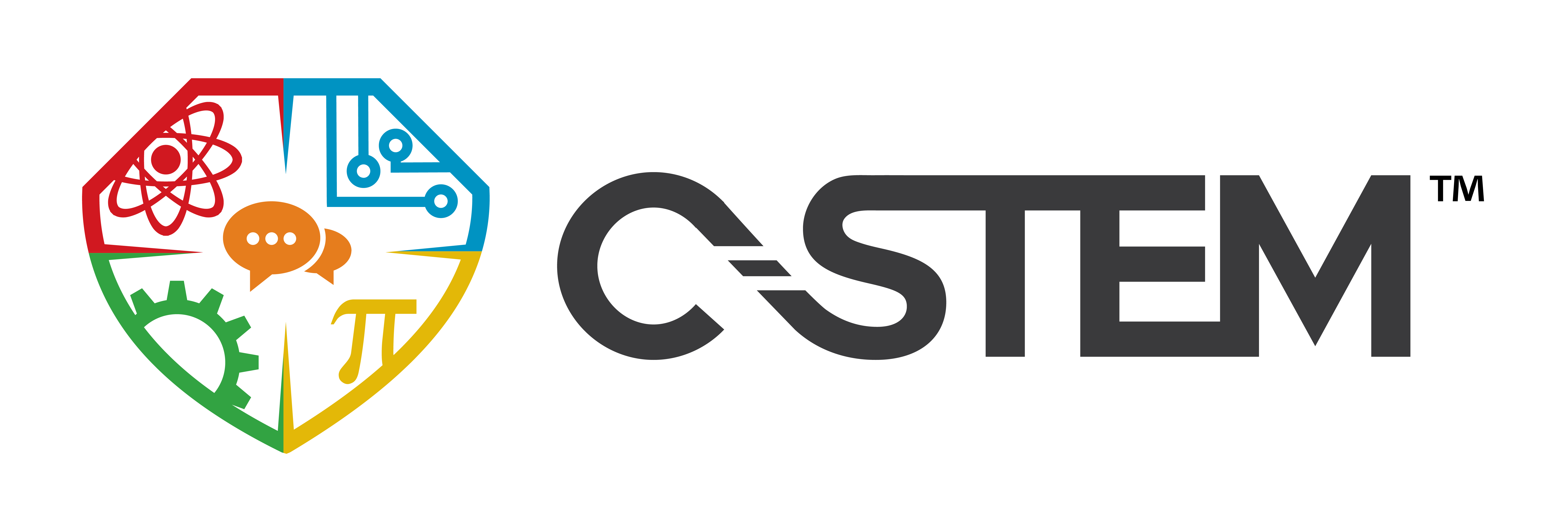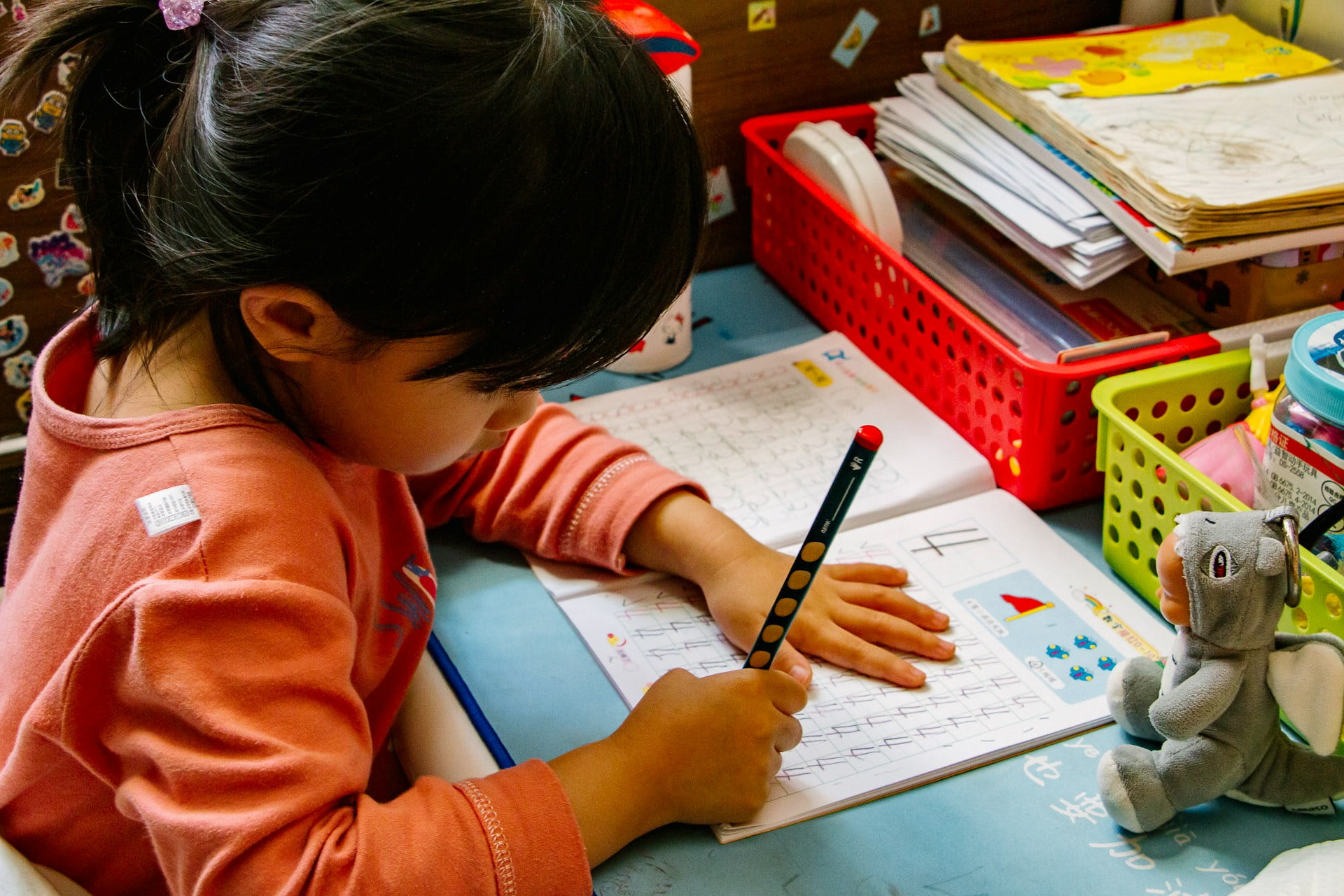Written by: Reagan Flowers, PhD
Improving equity in STEM education is an ongoing journey. I have been passionate about this effort throughout my work in education. It will take much more action in the coming decades to move the needle.
As a community of educators, parents and supporters, there are many ways to improve equity in STEM. We are getting closer to the second half of what has been a challenging academic year in education. There could be no better time to spotlight the steps toward continued improvement in STEM education for all learners.
How to Improve Equity in STEM
1. Provide Support for Educators
A prevalent issue in STEM education is the lack of training for teachers in economically disadvantaged schools. Also, STEM training for teachers often does not consider the needs of individual students. Teachers need to know how to help each student develop STEM skills, though they come from various resources, backgrounds and experiences.
STEM training needs to go beyond just general teaching of science, technology, engineering, and math. It needs to be specific, addressing the learning needs of students by grade level.
Training also needs to address real-world, current issues. For example, right now, we cannot ignore the effects of COVID-19 and Black Lives Matter on the way teachers need to accommodate students. The current state of the world has escalated the inequities some students already face.
To help students, teachers also need equal opportunity to stay on top of the latest technology, math and science developments. The world of STEM is continually evolving. If teachers don’t have the resources to learn, they won’t pass that knowledge on to their students.
It’s also important that teachers receive training beyond just course content. Social and emotional awareness are vital to helping every student excel in STEM. Think about your job and your own life. Your knowledge is just one aspect of how successful you are at any task. Your resources, emotional state and home life all affect everything you do. It’s the same with students. There’s a much bigger picture to consider than just whether they are capable of grasping an academic concept.
At C-STEM, we do our best to develop a curriculum that is relevant, inclusive and comprehensive. We evolve our offerings each year to make sure we help teachers address the needs of the students who need it most.
2. Explore Careers at Home, In Classroom
Sometimes it’s difficult for students to associate the STEM lessons they learn in the classroom with future opportunities. For students who have are not exposed to adults with careers like mathematicians, scientists or engineers, this can be even more difficult to visualize.
Educators and parents need to find ways to expose students — impoverished, Black and female students — to people like them who have developed successful STEM careers. In seeing the possibilities in a real, up-close way, they will equate what they are learning in school with what they can achieve in the future.
3. Build Strong Partnerships with Colleges
College is daunting for any student, but results have shown concerning achievement gaps for Black and female students when it comes to STEM. When K-12 schools partner with colleges together, they can find ways to close these gaps. These types of partnerships make college more accessible for every student and help them learn what they need to do to succeed and reach out for help if needed.
4. Provide Resources for Parents
For us here at C-STEM, and for many teachers, STEM is a part of everyday life. However, for most parents, it’s been a long time since they were in school, and STEM may not be part of their jobs. They need resources to help students embrace STEM and move forward, regardless of economic status or resources.
That’s why we created CSTEMbreak. This social network helps parents connect with teachers and other parents to help their children with STEM.
5. Hands-On Activities
Without real-world application, any subject is difficult for a child to grasp. Teachers need to provide hands-on activities and relate them to everyday life. However, to promote equity, these examples need to focus on universal activities.
For example, a child from an impoverished family will not relate to an example that involves applying math to gratuity at restaurants or planning a trip. However, if you flip that example and use math to buy a burger or sneakers, most children will relate. Relatable, real-world examples will promote equity, decrease exclusion and improve learning.
6. Develop Business Partnerships
Businesses can make a huge difference in STEM education. We here at C-STEM have been fortunate to have partners and sponsors who help move our efforts toward equity in STEM education forward. Whether buying equipment for schools who need it most, providing much-needed experience through internships, showing students the possibilities through job shadowing or seminars, or launching scholarships for underserved students, businesses play a crucial role in leveling the playing field for STEM students.
Conclusion
Education is a community effort; it must be. Only in working together can we all continue to find the learning gaps in STEM education and continue to address them. Inequity must be faced, not ignored. Thank you to all of you who support C-STEM and are already working hard to change the current and future students’ paths. There’s always more we can do, and there’s no time like the present to get started.







